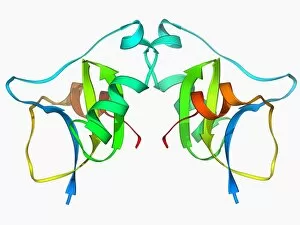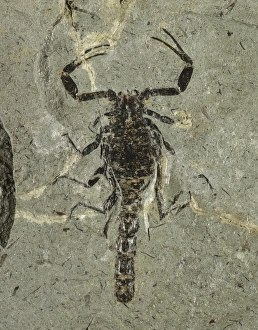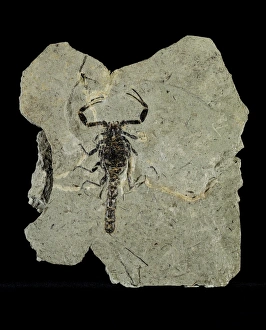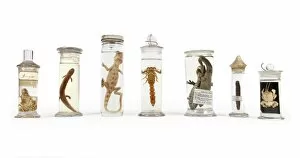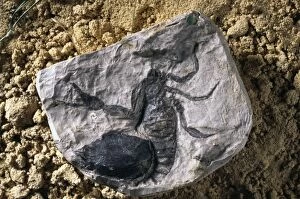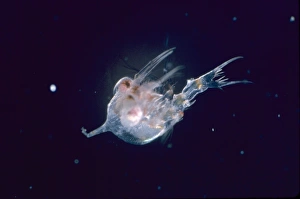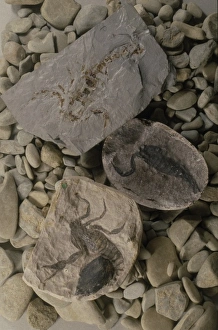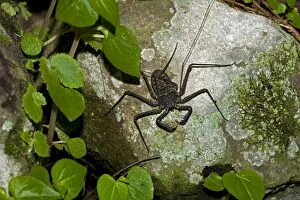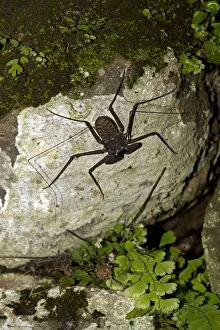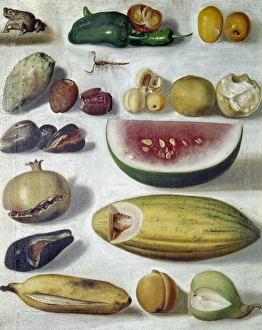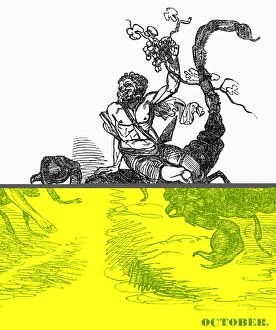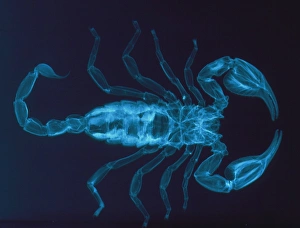Scorpion Collection (page 9)
The scorpion, a fascinating creature found in various parts of the world, has captivated human curiosity for centuries
All Professionally Made to Order for Quick Shipping
The scorpion, a fascinating creature found in various parts of the world, has captivated human curiosity for centuries. One notable species is the African Scorpion C1850, known for its distinctive appearance and venomous sting. In aviation history, the scorpion's influence can be seen through the Flying testbed B2 Canberra WK163, which served as a crucial platform for experimental flights. Another aircraft bearing this name is the Northrop F-89 Scorpion, an iconic jet fighter that played a significant role during Cold War tensions. Similar to their arachnid counterparts, these flying machines showcased agility and precision in their respective domains. The Flying testbed B2 Canberra WK162 further exemplified this trait by pushing boundaries and testing new technologies. Beyond aviation connections, "Scorpion" also refers to geographical locations like South Europe where these creatures thrive. Their presence adds an element of mystery to these regions' ecosystems. In ancient mythology and astrology, Scorpio holds symbolic significance as one of the zodiac signs represented by La Balance (Scales). This celestial representation highlights balance and intensity associated with those born under this sign. Returning to aviation history once more brings us back to Northrop F-89J Scorpions O-32674 and O-21911 - variants that contributed significantly to military operations during their time in service. These aircraft embodied power and strength while defending national interests. Whether it's exploring diverse arachnids or marveling at powerful warplanes named after them, there is no denying that "scorpion" encompasses both natural wonders and technological achievements alike.





